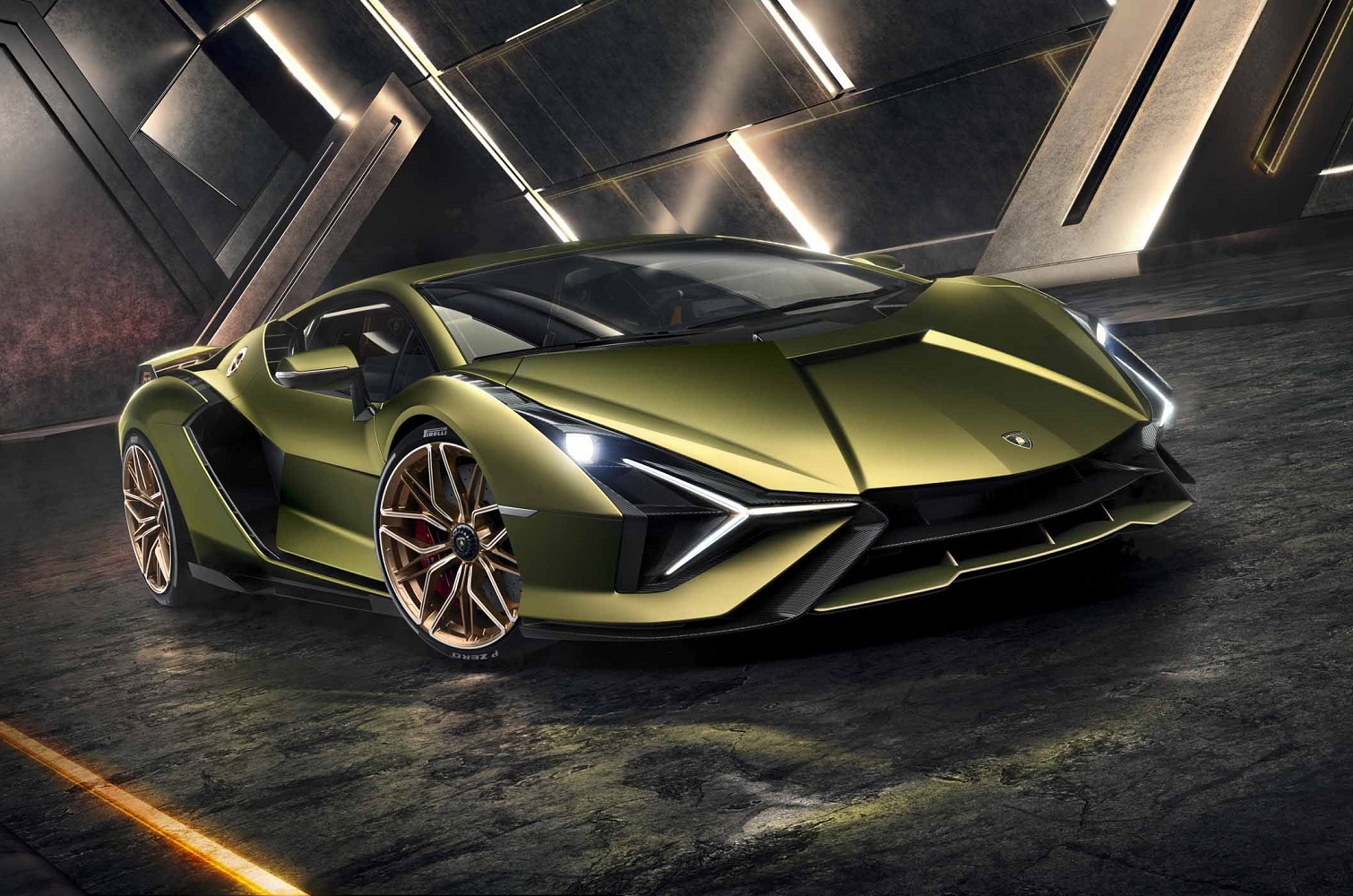
Lamborghini wants to build hybrid and electric cars, but it doesn’t want them to have batteries. While other automakers pursue new battery tech for greater range and performance, Lamborghini is trying something entirely different. The Italian automaker has teamed up with MIT to develop supercapacitors for electric cars.
MIT and Lamborghini began working on supercapacitors together three years ago. The technology was previewed on the limited-edition Lamborghini Sián and the Terzo Millenio concept car, but now engineers are taking a step toward making it a true competitor to batteries. MIT’s chemistry department and Lamborghini have jointly filed a patent for materials that, according to Lamborghini, could make wider use of automotive supercapacitors possible.
While automotive applications have been limited so far, supercapacitors offer some potential benefits over batteries. They can charge and discharge electricity faster, and offer greater energy density, meaning they can store more electricity in a given footprint. Lamborghini claims the patent filing describes an increase in energy density of 100% over current technologies.
The patent filing specifically relates to what Lamborghini and MIT call “metal-organic frameworks.” This is a family of molecules that are ideally suited for the electrodes of supercapacitors, according to Lamborghini. The materials made up of these molecules have a large surface area, according to Lamborghini, meaning they can hold more electric charge.
Lamborghini has already introduced supercapacitors on a limited basis in the Sián hybrid. A supercapacitor provides electricity to a small motor that can only drive the car at low speeds. Of the Sián’s 819-horsepower output, the electric motor only provides the first 34 hp. The rest comes from Lamborghini’s traditional V12 engine. Just 63 examples of the Sián will be built, and they’re already sold out. So this is really more of a proof of concept for supercapacitors than a full-scale production debut.
The successor to the current Lamborghini Aventador is expected to adopt a hybrid powertrain, so it’s possible that car will use supercapacitors instead of batteries. Lamborghini is also expected to launch its first electric car in 2025. But that model will reportedly be based on the same Volkswagen Group Premium Platform Electric underpinnings as the Porsche Taycan and Audi E-Tron GT, meaning it will use a conventional lithium-ion battery pack.
Once known for cars that were more style than substance, Lamborghini has gotten serious about new technology. In addition to supercapacitors, the automaker has experimented with new materials. The Terzo Millenio concept had experimental self-healing skin that could store electricity, and Lamborghini just sent samples of carbon fiber to the International Space Station to see how they handle the harsh conditions of space.
Editors' Recommendations
- 2025 Mercedes-Benz EQS sedan gets new face, bigger battery
- How do you crash-test an EV with an 871-pound battery? Mercedes showed us
- Lanzador concept previews Lamborghini’s first EV
- Lamborghini is reinventing itself with the Revuelto plug-in hybrid
- How much does an electric car battery cost?


